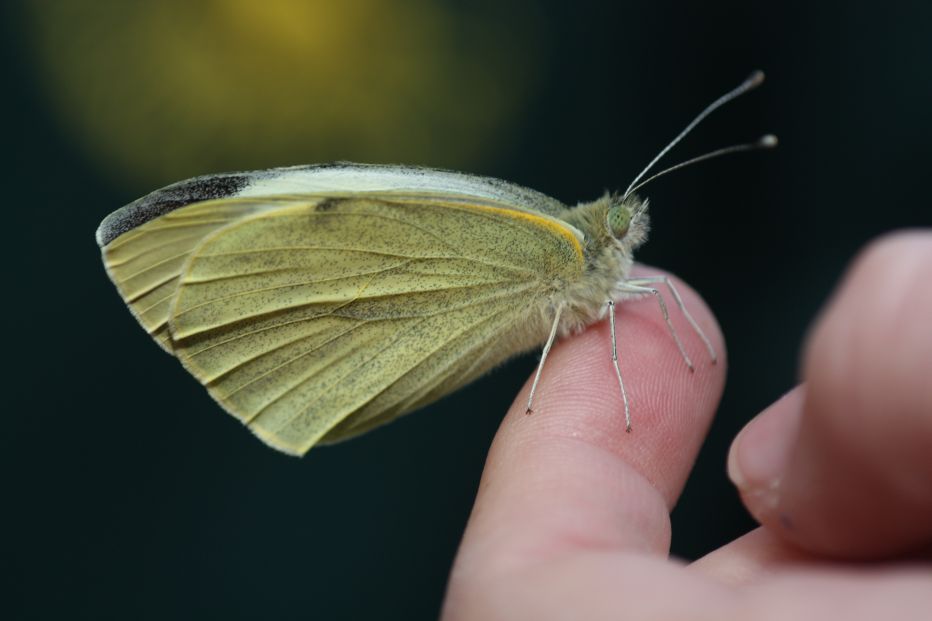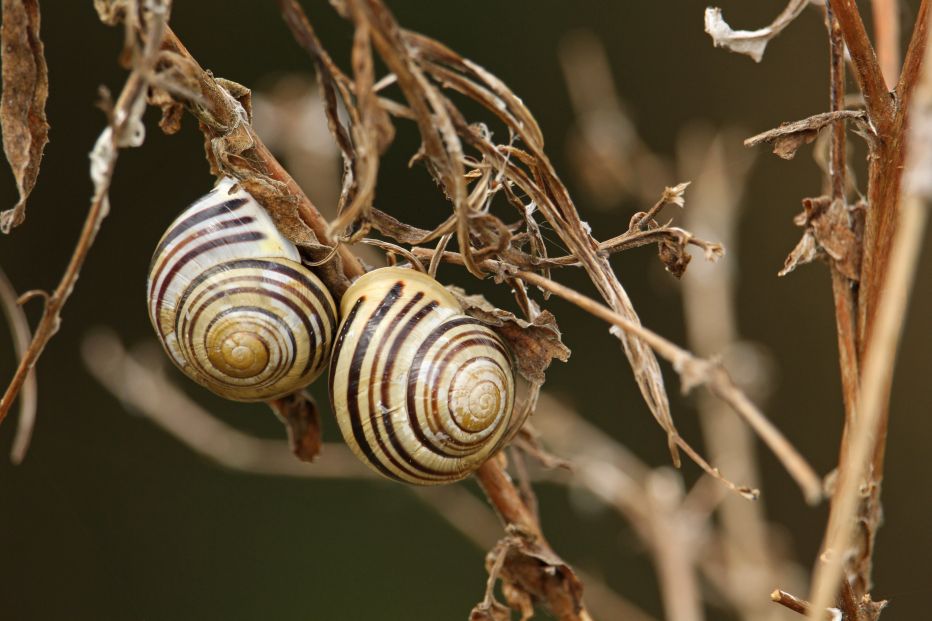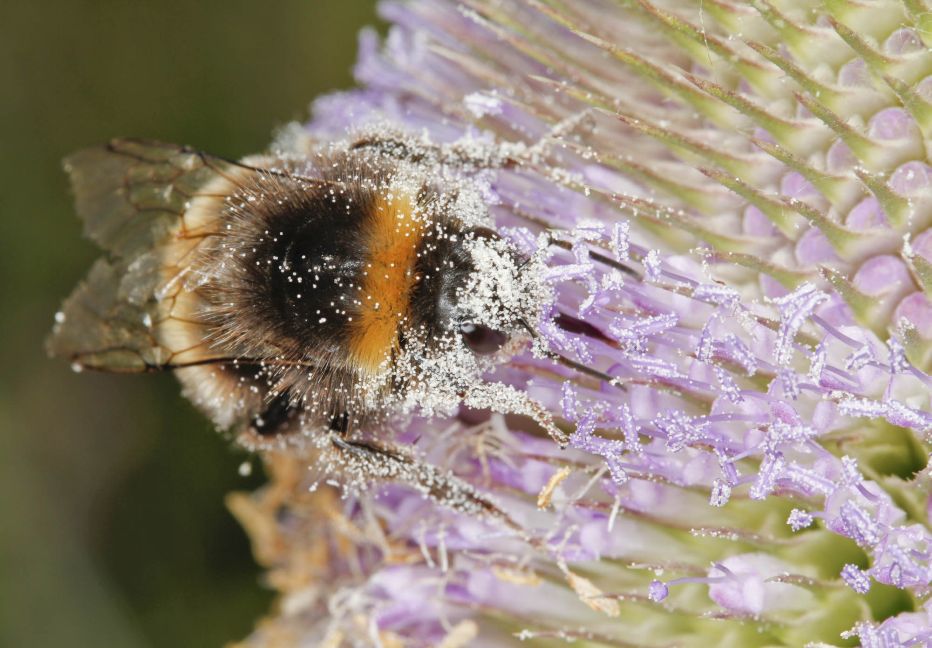Environmentalists say that insect numbers have halved in the last fifty years but, following on from a good summer last year and a mild winter, this spring and summer has been a good year for insects – and insects are the most successful creature on the planet in terms of the number of species and the number of individuals within each species.
I noticed a great variety of insects in early spring with bumble bees (shown above), hoverflies and butterflies pollinating the flowering bulbs. But there has not been an abundance of bumble bees in recent years and this year I have not come across any bumble bee nests that have been dug out by badgers.
But this could be because the bees are not nesting underground or the ground has been too hard for the badgers to dig up, and not because the population of badgers is decreasing – indeed there are more than ever.
The first butterfly of the spring was the orange tip, followed by the red admiral, small tortoiseshell and the peacock. The early pollinating fly is the bee fly which you will find feeding on spring flowers like primroses and polyanthus – and the hover fly has black and yellow strips to mimick a bee or wasp

Insect are very active in summer months, though the numbers of some insects have declined in recent years, I notice a variation in the many different species of butterflies in the garden and out in the fields on the marsh. In August one of the most common butterflies is the small and large whites, popularly named as cabbage whites.
And one insect that does not seem to be declining is the ant, as I have lots in the garden and in the fields on the marsh there more ant hills than I have ever seen before.
When there is a heat wave we all notice the biting insects like midges, mosquitoes and horse flies which have been biting me more than usual. And on the hot sunny days in the grass fields on the marsh you will find the grasshoppers. They do blend in with the grass but, if you disturb the grass near them, they will jump out.
Also around are the usual creepy-crawlies like spiders, centipedes, millipedes, snails and slugs – and you will find them in almost every nook and cranny in the garden, the fields – and even in the house.

With the days starting to get shorter there are also the insects that are attracted to electric lights – daddy-longlegs or cranefly – as well has many different species of moths. But one insect that I have not seen this year are wasps.
The government has banned neonicotinoid insecticide seed dressing for oil seed rape that kills the flea beetle because it supposedly is a danger to bees. As a result on the marsh we will see less fields of yellow flowering rape for bees to collect pollen from as farmers give up growing rape.
Image Credits: Barry Yates / Sussex Wildlife Trust , Richard Cobden / Sussex Wildlife Trust , James Duncan / Sussex Wildlife Trust .



